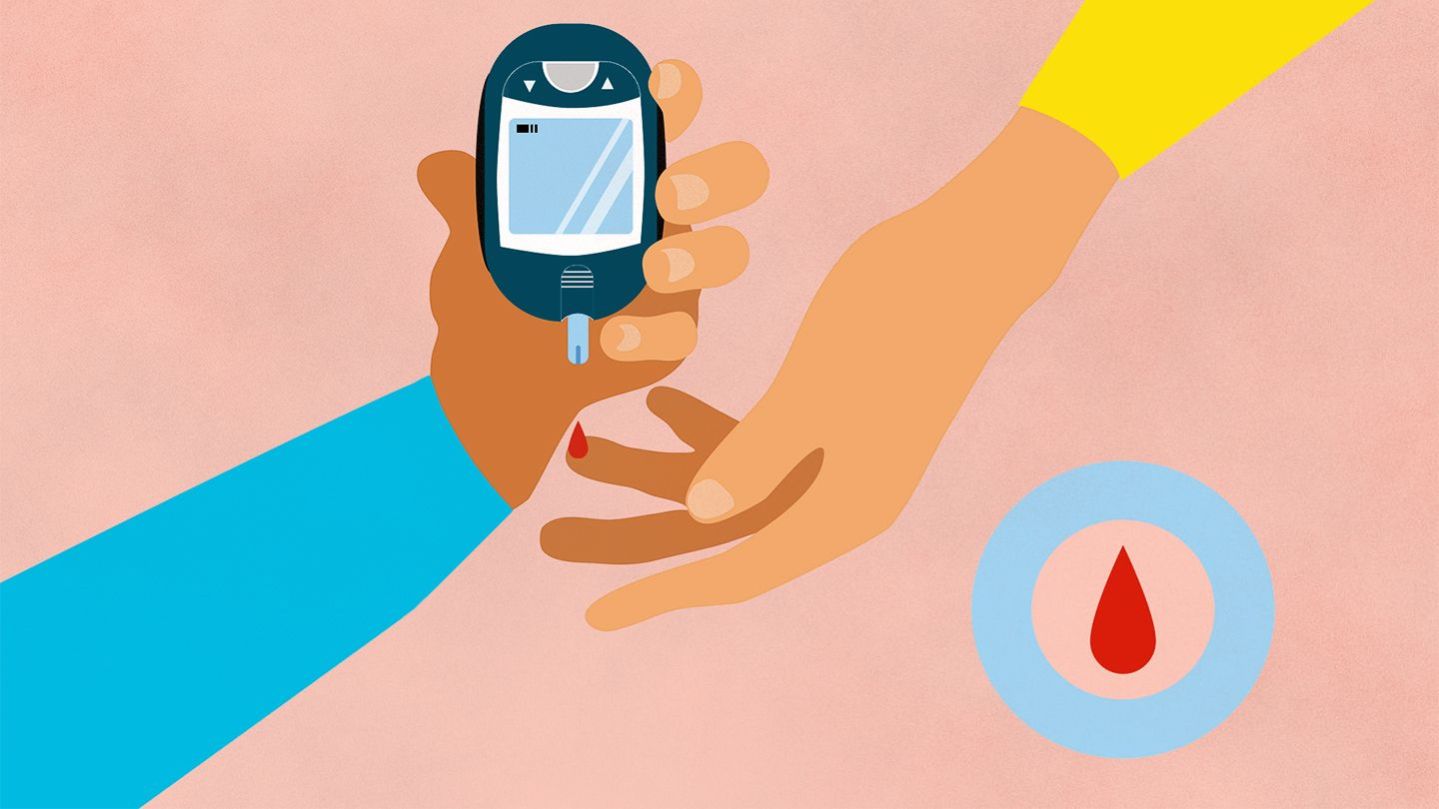Introduction: High and Low Sugar
Sugar is a substance which is found in every Indian's home. Our taste is only complete with sugar because most of the sweets are made with sugar.
Sugar has as many disadvantages as it has advantages. Today we will talk about the difference between high and low sugar levels.
Sugar, the world's favorite flavor enhancer, hides a complex story within its sweetness. In terms of our bodies, it is not just about taste, but about a delicate dance of levels – high and low, a constant push and pull. Understanding these high and low differences is important to maintain our health and well-being.
High and Low: Decoding the Sugar Dance
Imagine sugar as the fuel gauge in your car. High blood sugar is like the gauge being maxed out. Glucose, the main type of sugar in our blood, builds up beyond a healthy range, often due to poor insulin function or excessive sugar intake. Consider it as if the engine has been filled with more fuel than its capacity.
Symptom: What to Watch Out For
So, how do you know if you are doing Chinese dance in the right direction or wrong? Here's a quick description of the common symptoms:
Due to these reasons, we can know whether the sugar is low or high. Then accordingly you can get treatment from your doctor soon. Let's understand the symptoms of sugar.
High Blood Sugar:
If someone has high blood sugar then you will see these symptoms. From there, you can find out what type of sugar they have.
- Frequent urination
- Excessive thirst
- Fatigue
- Blurred vision
- Slow-healing wounds
Low Blood Sugar:
You may see these types of symptoms in low blood sugar:
- Shakiness
- Sweating
- Dizziness
- Headache
- Confusion
If low blood sugar is left untreated, you may experience other symptoms, such as:
- Weak
- Blurred vision
- Confusion or difficulty concentrating
- Unusual, slurred, or slurred behavior (such as being drunk)
- Feeling tired
- Convulsions or convulsions
- Collapse or pass out
What if Blood Sugar is Too low?
Low blood sugar, also known as hypoglycemia or “hypo,” occurs when the level of sugar (glucose) in your blood drops too low.
It mainly affects people with diabetes, especially if they take insulin.
Low blood sugar can be dangerous if not treated quickly, but you can usually treat it easily.
What is the Difference Between High And Low Sugar Levels?
Diabetes can cause blood sugar levels to be high (hyperglycemia) or low (hypoglycemia).
It is important to recognize and manage these extremes to prevent emergencies and deal with diabetes effectively.

Causes of high blood sugar include insufficient insulin in type 1 diabetes or decreased insulin effectiveness in type 2, among other factors. As Like -
-
Eat too much
-
Exercise is not enough
-
Lack of medicine
-
High-stress level
-
Diseases
Low blood sugar occurs when the amount of sugar (glucose) in your blood drops below what your body needs. This can be for several reasons, but most often happens when you:
-
Not eating enough food, especially carbohydrates
-
Skipping a meal or snack
-
Taking too much medicine
-
Exercise more than usual
Consequences of a Tango Gone Wrong:
Both high and low blood sugar can be dangerous if left unchecked. Chronic high blood sugar can lead to serious complications like diabetes, heart disease, and nerve damage. Conversely, severe hypoglycemia can cause seizures, coma, and even death.
Maintaining the Sweet Spot: Tips for Balance
The good news is that you can get control of your blood sugar! here are some tips:
1. Eat a balanced diet
Focus on whole grains, fruits, vegetables, and lean protein. Limit processed foods, sugary drinks, and refined carbohydrates.
2. Monitor your levels
If you have diabetes or are at risk, regularly monitor your blood sugar and follow your doctor's recommendations.
Bonus Tips:
You can also take these measures to avoid or get relief from diabetes.
- Consider using diabetes management apps to track your blood sugar and meals.
- Get enough sleep – sleep deprivation can affect insulin sensitivity.
- Manage stress – stress hormones can raise blood sugar levels.
- Talk to your doctor about any concerns you have regarding your blood sugar levels.
Remember, taking care of your blood sugar is an investment in your future health. Embrace the knowledge, dance to the rhythm of your body, and enjoy the sweet satisfaction of well-being!
Conclusion: High and Low Sugar Levels
Understanding the difference between high and low sugar is important for making informed dietary choices.
By adopting a low-sugar lifestyle, you not only reduce your risk of chronic diseases but also enhance your overall health. Take care of your health, one wise choice at a time.
Remember, taking care of your blood sugar is an investment in your future health.
Embrace the wisdom, dance to the rhythm of your body and enjoy the sweet satisfaction of well-being!
FAQs: Types of Sugar Levels
1. What are the recommended daily sugar intake levels?
The recommended daily sugar intake for adults is generally around 25 grams for women and 38 grams for men.
2. Can natural sugars be harmful?
While natural sugars in whole foods are not harmful, excessive consumption can still contribute to health issues. Moderation is key.
3. How does high sugar affect children?
High sugar intake in children is linked to obesity, dental problems, and potential long-term health issues. It's crucial to monitor and manage their sugar intake.
4. Are sugar substitutes a healthier option?
While sugar substitutes can be a viable alternative, moderation is key. Some studies suggest potential health concerns, so it's essential to choose wisely.
5.What are some hidden sources of sugar in a diet?
Processed foods, sauces, and condiments often contain hidden sugars. Always check labels and opt for whole, unprocessed foods when possible.







